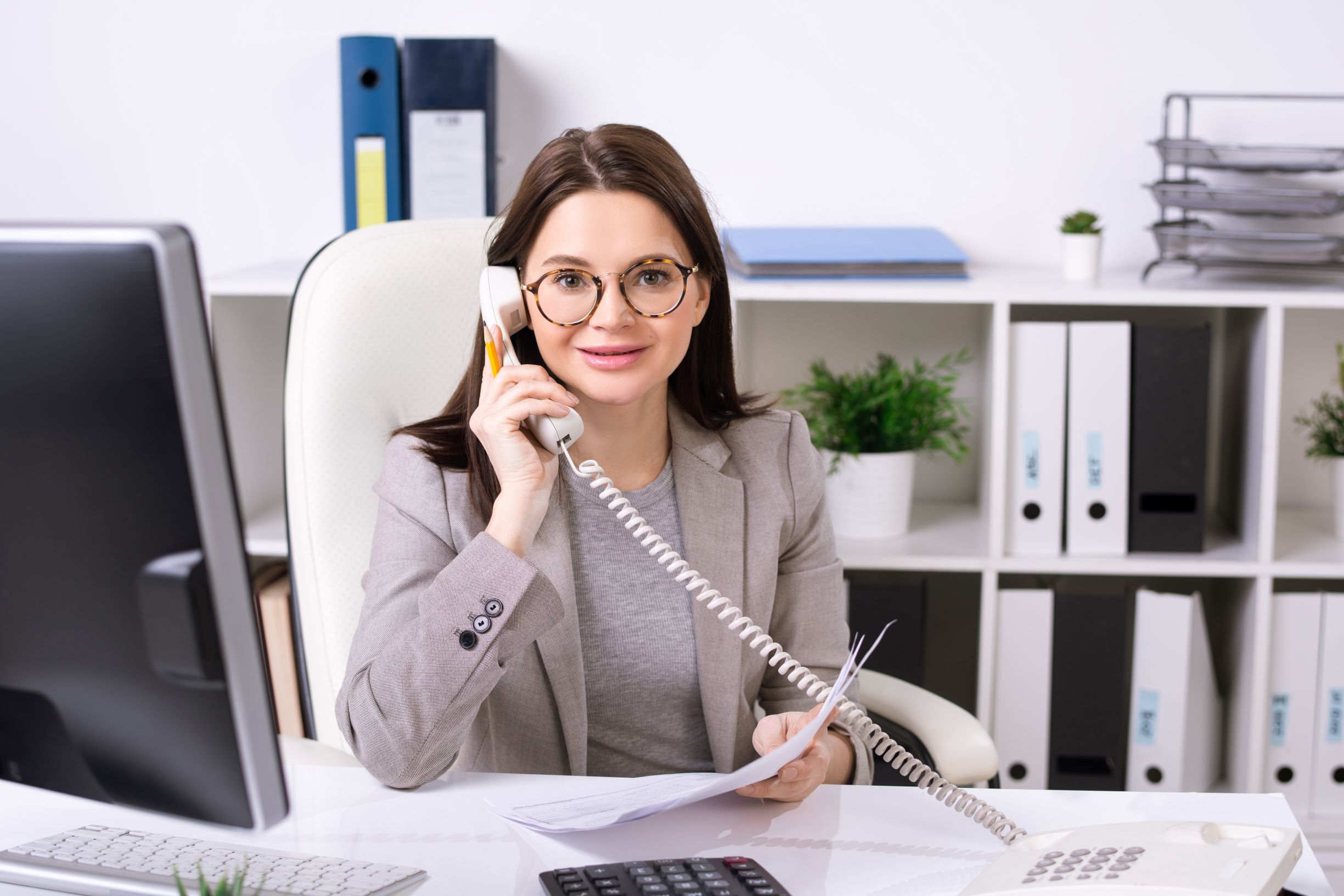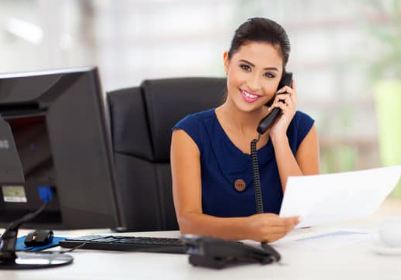All Categories
Featured
Table of Contents
Who Is The Best How Does An Answering Service Work? Manufacturer
This gadget and its successors were created by Sava Jacobson, an electrical engineer with a private consulting organization. While early answering machines used magnetic tape technology, a lot of modern equipment utilizes strong state memory storage; some devices use a combination of both, with a solid-state circuit for the outgoing message and a cassette for the incoming messages.
"toll saving" listed below) (phone answering service). This works if the owner is screening calls and does not want to consult with all callers. In any case after going, the calling party should be informed about the call having been answered (in many cases this starts the charging), either by some remark of the operator, or by some greeting message of the TAD, or resolved to non-human callers (e.
This holds particularly for the TADs with digitally kept welcoming messages or for earlier devices (before the increase of microcassettes) with a special endless loop tape, separate from a 2nd cassette, devoted to recording. There have actually been answer-only gadgets without any recording abilities, where the greeting message needed to inform callers of a state of current unattainability, or e (virtual call answering service).
Whats The Best Virtual Receptionist - Answering Service - Phone Answering

about schedule hours. In tape-recording Little bits the welcoming usually consists of an invitation to leave a message "after the beep". An answering machine that uses a microcassette to record messages On a dual-cassette answerphone, there is an outbound cassette, which after the specified number of rings plays a pre-recorded message to the caller.

Single-cassette voice mail contain the outgoing message at the start of the tape and inbound messages on the remaining area. They first play the announcement, then fast-forward to the next readily available space for recording, then tape the caller's message. If there are numerous previous messages, fast-forwarding through them can trigger a significant hold-up.
This beep is frequently referred to in the welcoming message, asking for that the caller leave a message "after the beep". TADs with digital storage for the taped messages do not reveal this delay, obviously. A little bit might use a push-button control facility, whereby the answerphone owner can call the house number and, by getting in a code on the remote telephone's keypad, can listen to taped messages, or delete them, even when far from home.
What Is The Best What Is A Phone Answering Service? For The Money

Consequently the machine increases the number of rings after which it answers the call (usually by 2, leading to four rings), if no unread messages are currently saved, but answers after the set number of rings (generally two) if there are unread messages. This permits the owner to discover whether there are messages waiting; if there are none, the owner can hang up the phone on the, e.
Some machines also enable themselves to be from another location triggered, if they have been turned off, by calling and letting the phone ring a specific a great deal of times (generally 10-15). Some provider abandon calls currently after a smaller sized variety of rings, making remote activation difficult. In the early days of Little bits a special transmitter for DTMF tones (dual-tone multi-frequency signalling) was regionally required for remote control, because the formerly used pulse dialling is not apt to convey suitable signalling along an active connection, and the dual-tone multi-frequency signalling was carried out step-by-step.
Any inbound call is not identifiable with respect to these homes in advance of going "off hook" by the terminal equipment. So after going off hook the calls should be changed to suitable devices and only the voice-type is instantly accessible to a human, however possibly, nonetheless should be routed to a LITTLE BIT (e.
What Is The Best Answering Machine?
What if I informed you that you do not need to really get your device when responding to a client call? Another person will. So convenient, ideal? Answering call does not need somebody to be on the other end of the line. Efficient automated phone systems can do the technique simply as effectively as a live representative and sometimes even better.
An automatic answering service or interactive voice reaction system is a phone system that communicates with callers without a live person on the line - telephone answering service. When business use this technology, clients can get the answer to a concern about your service simply by utilizing interactions established on a pre-programmed call circulation.
Although live operators upgrade the client service experience, numerous calls do not need human interaction. An easy documented message or instructions on how a client can obtain a piece of details usually resolves a caller's immediate need - phone answering. Automated answering services are an easy and effective method to direct incoming calls to the right individual.
What Is The Best Phone Answering Services Service In My Area?
Notification that when you call a company, either for support or item inquiry, the first thing you will hear is a pre-recorded voice greeting and a series of options like press 1 for client service, press 2 for questions, and so on. The pre-recorded alternatives branch out to other choices depending on the consumer's selection.
The phone tree system helps direct callers to the ideal individual or department using the keypad on a mobile phone. In some circumstances, callers can use their voices. It deserves noting that auto-attendant alternatives aren't limited to the 10 numbers on a phone's keypad. As soon as the caller has actually chosen their first alternative, you can design a multi-level auto-attendant that uses sub-menus to direct the caller to the ideal sort of assistance.
The caller does not need to interact with a person if the auto-attendant phone system can handle their concern. The automatic service can path callers to an employee if they reach a "dead end" and need assistance from a live representative. It is pricey to hire an operator or executive assistant.
What Is The Best Temporary Or Short-term Call Answering Services 2023
Automated answering services, on the other hand, are significantly cheaper and offer considerable expense savings at an average of $200-$420/month. Even if you don't have actually devoted personnel to deal with call routing and management, an automatic answering service improves productivity by permitting your team to focus on their strengths so they can more efficiently spend their time on the phone.
A sales lead routed to customer support is a lost shot. If a customer who has product questions reaches the wrong department or gets incomplete answers from well-meaning employees who are less trained to manage a particular type of question, it can be a reason for disappointment and discontentment. An automated answering system can reduce the number of misrouted calls, consequently helping your staff members make better usage of their phone time while maximizing time in their calendar for other jobs.
With Automated Answering Systems, you can develop a tailored experience for both your personnel and your callers. Make a recording of your primary welcoming, and just upgrade it regularly to reflect what is going on in your company. You can develop as numerous departments or menu alternatives as you want.
Latest Posts
Answering Services For Small Businesses
Automated Answering Service – Southport 4215
Leading Auto-attendant Answering Service Near Me – Brisbane 4066